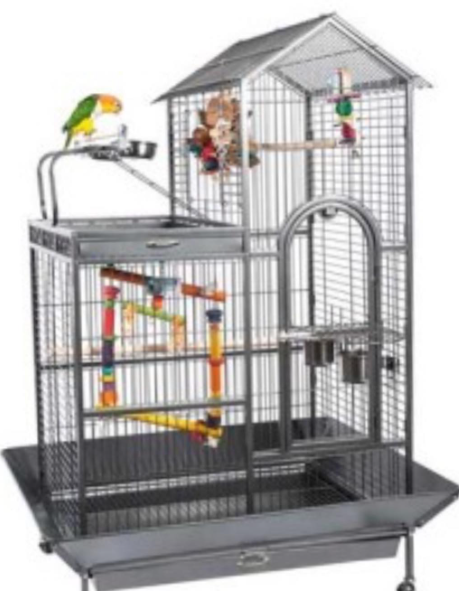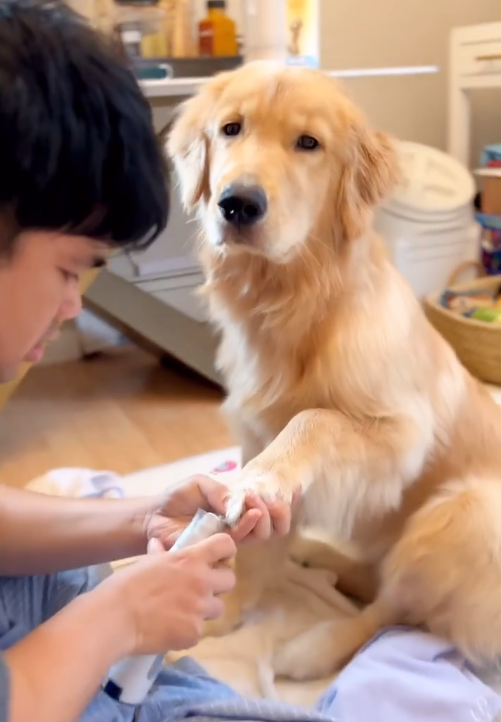
The Best Pet Food For Your Furry Friend
Your furry friend is a beloved family member, and you want to give them the best possible care. That includes feeding them a healthy and nutritious diet. But with so many different pet foods on the market, it can take time to know which one is right for your pet.
This blog post will provide the information you need to choose the best pet food for your furry friend. We’ll cover everything from reading food labels to understanding your pet’s nutritional needs.
What to Look for in a Pet Food
When choosing a pet food, there are a few key things to look for:
Quality ingredients
The first ingredient on the food label should be a high-quality protein source, such as real meat, fish, or poultry. Avoid foods containing fillers, such as corn or wheat, as these low-quality ingredients provide little nutritional value.
Nutritional balance
Pet foods should be nutritionally balanced and meet all of your pet’s dietary needs. Look for a food that contains the following nutrients: protein, fat, carbohydrates, vitamins, minerals, and water.
Life stage
Pet food should be formulated for your pet’s specific life stage. Puppies and kittens need different nutrients than adult pets, and senior pets may have special dietary needs.
Breed
Some breeds of dogs and cats have specific dietary needs. For example, some breeds are prone to food allergies or sensitivities. If your pet has a particular breed, look for a food formulated for their breed.
How to Read a Pet Food Label
Pet food labels can be confusing, but reading them carefully to understand what you’re feeding your pet is essential. Here’s a quick guide to reading a pet food label:
The first ingredient
The first ingredient on the food label is the most abundant. Look for food containing high-quality protein sources, such as real meat, fish, or poultry.
The ingredient list
The ingredient list is in descending order by weight. This means that the first ingredient is the most abundant, and the last is the least generous.
The guaranteed analysis
The guaranteed analysis lists the minimum and maximum amounts of certain nutrients in the food. This includes protein, fat, carbohydrates, vitamins, and minerals.
The feeding instructions
The instructions tell you how much to feed your pet based on age, weight, and activity level.
Understanding Your Pet’s Nutritional Needs
Different pets have different nutritional needs. Puppies and kittens need other nutrients than adult pets, and senior pets may have special dietary needs. Some breeds of dogs and cats also have specific nutritional needs.
Here’s a brief overview of the nutritional needs of different types of pets:
Puppies and kittens
need a high-protein diet to support their rapid growth and development. They also need other nutrients, including vitamins, minerals, and essential fatty acids.
Adult pets
Adult pets need a nutritionally balanced diet that meets all their dietary needs. This includes protein, fat, carbohydrates, vitamins, minerals, and water.
Senior pets
Senior pets may have special dietary needs, such as a lower-calorie food or a food that is easier to digest.
Talk to your veterinarian if you have any questions about your pet’s nutritional needs. They can help you choose the best food for your pet.
Common Pet Food Myths
There are a lot of myths about pet food out there. Here are a few of the most common myths:
Myth: Pet food needs to contain grain.
Fact: Grains can be a healthy part of a pet’s diet. However, some pets are allergic to grains, so choosing a food appropriate for your pet’s needs is essential.
Myth: More expensive pet food is better.
Fact: Price is only sometimes a good indicator of quality. Many affordable pet foods are high in quality.
Myth: You need to feed your pet table scraps.
Fact: Table scraps can be unhealthy for your pet. They may contain too many calories, fat, or sodium. They may also contain ingredients that are toxic to pets, such as chocolate, grapes, and onions.
If you have any questions about what to feed your pet, talk to your veterinarian. They can help you create a healthy and nutritious diet for your furry friend.
Conclusion
Choosing the best pet food for your furry friend is an important decision. Following the tips in this blog post, you can select a high-quality, nutritionally balanced food appropriate for your pet’s life stage, breed, and health needs.


